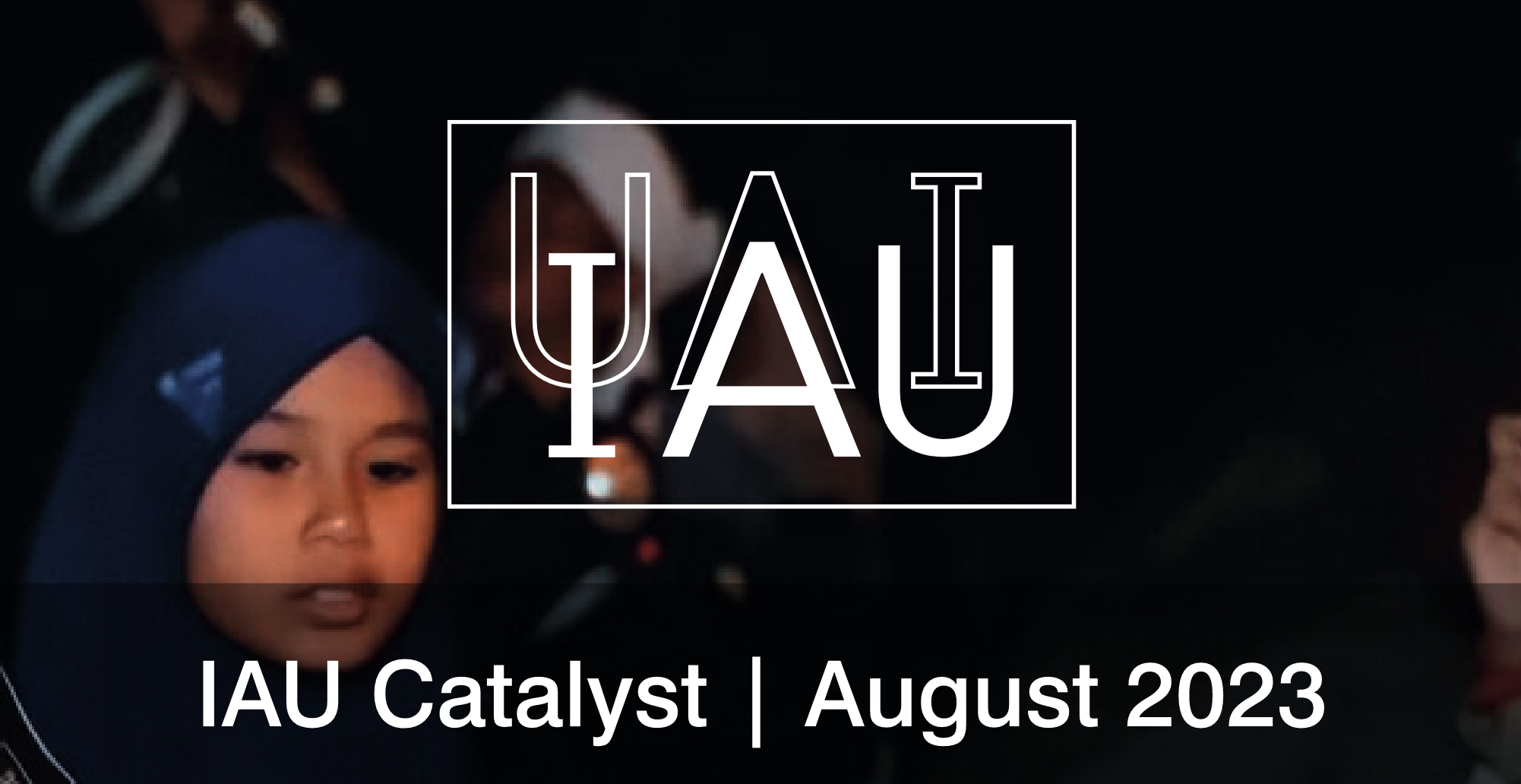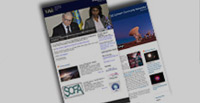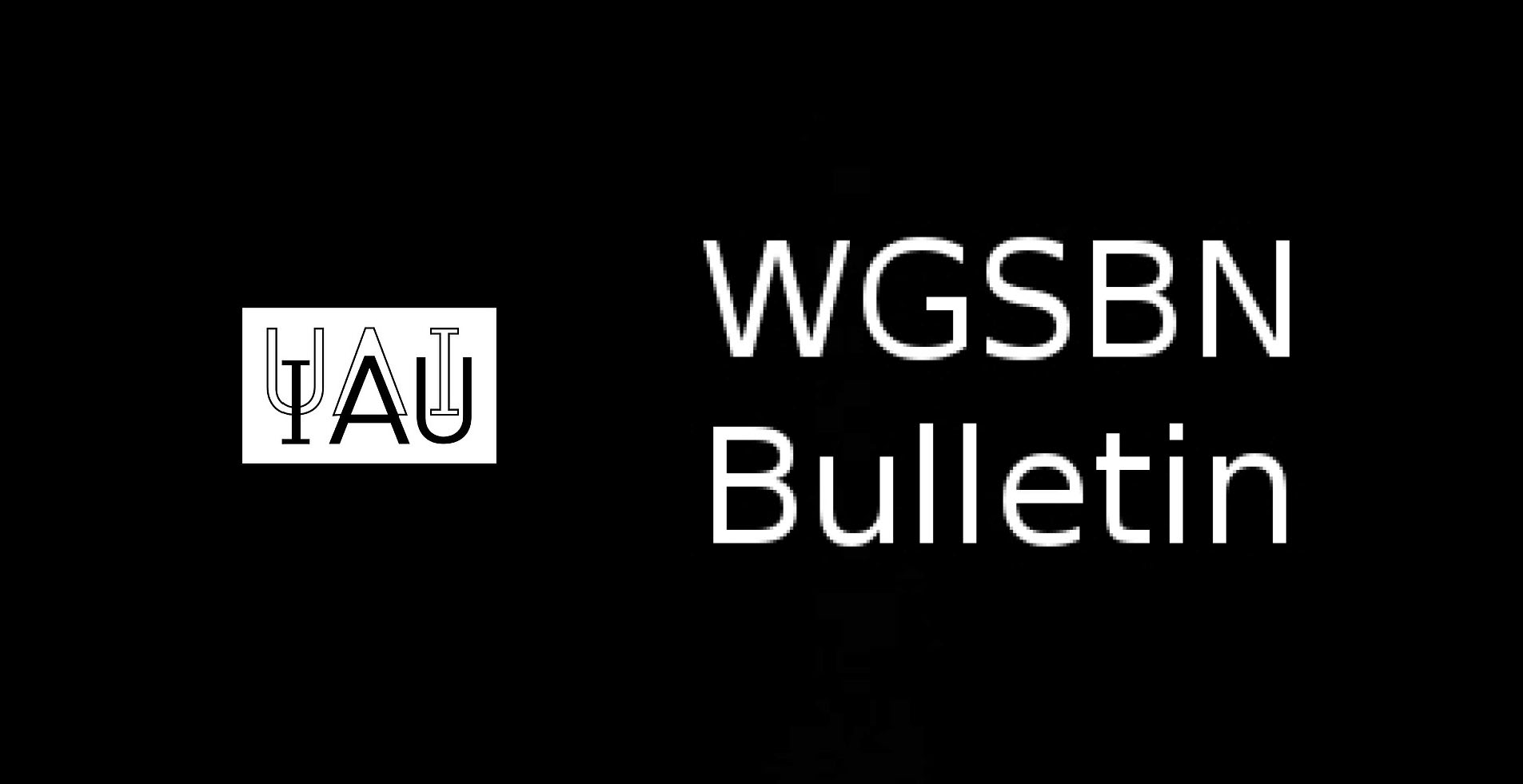- News
- Science
- Scientific Bodies
- Divisions
- Commissions
- Commission A1 Structure
- Commission A2 Structure
- Commission A3 Structure
- Commission A4 Structure
- Commission B1 Structure
- Commission B2 Structure
- Commission B3 Structure
- Commission B4 Structure
- Commission B5 Structure
- Commission B6 Structure
- Commission B7 Structure
- Commission C1 Structure
- Commission C2 Structure
- Commission C3 Structure
- Commission C4 Structure
- Commission C5 Structure
- Commission D1 Structure
- Commission E1 Structure
- Commission E2 Structure
- Commission E3 Structure
- Commission E4 Structure
- Commission F1 Structure
- Commission F2 Structure
- Commission F3 Structure
- Commission F4 Structure
- Commission G1 Structure
- Commission G2 Structure
- Commission G3 Structure
- Commission G4 Structure
- Commission G5 Structure
- Commission H1 Structure
- Commission H2 Structure
- Commission H3 Structure
- Commission H4 Structure
- Commission J1 Structure
- Commission J2 Structure
- Commission J3 Structure
- Commission X1 Structure
- Commission X2 Structure
- Past Commission Organising Committees
- Working Groups
- Centres
- Scientific Meetings
- Rules & Guidelines
- General Assemblies
- Meeting Proposals
- Future IAU Meetings
- General Assemblies
- EC Meetings
- Officers' Meetings
- Regional Meetings
- Symposia
- Focus Meetings
- Institutional Meetings
- IAU Offices Meetings
- IAU-Sponsored Meetings
- Letters of Intent submitted for 2024
- Letters of Intent submitted for 2023
- Letters of Intent submitted for 2022
- Letters of Intent submitted for 2021
- Letters of Intent submitted for 2020
- Past IAU Meetings
- Templates
- Other Meetings
- Grants & Prizes
- Scientific Bodies
- Publications
- IAU Publications
- IAU Strategic Plan
- Symposia
- WGSBN Bulletins
- Regional Meetings
- Information Bulletins/Catalyst
- E-Newsletters
- Focus Meetings
- Transactions A
- Transactions B
- Related Publications
- GA Newspapers
- CAPjournal
- IAU Books
- Brochures
- IAU Offices
- WG Reports
- Commission Reports
- Division Reports
- Past IAU Publications
- Rules, Guidelines and Instructions for Proceedings
- Publishers
- IAU Publications
- Administration
- About the IAU
- Statutes & Rules
- IAU Policies
- IAU Executive Bodies
- IAU Secretariat
- Resolutions
- Members Administration
- Administrative Dates & Deadlines
- International Organisations Relations
- Donate to the IAU
- Training in Astronomy
- Astronomy for Education
- Astronomy for Development
- Astronomy for the Public
- Office for Astronomy Outreach
- FAQ
- Themes
- Satellite Constellations
- Astronomy in Everyday Life
- How to Report a Discovery
- Careers in Astronomy
- Defining our Place in the Cosmos
- The Constellations
- Light Pollution
- Measuring the Universe
- Near Earth Objects
- How to Participate in Astronomy Research
- Naming of Astronomical Objects
- Naming of Exoplanets
- Buying Star Names
- Naming Stars
- Pluto and the Solar System
- IAU Member Statistics
- Our Moon: the Moon
- Meteors & Meteorites: The IAU Definitions of Meteor Terms
- UNESCO-IAU Portal to the Heritage of Astronomy
- Social Media
- Past Events
- Call for Online Resources
- Astronomy@Home Awards
- Contact
IAU Astronomy Outreach Newsletter
September 2014 #2
In this newsletter:
- From the Editor
- Professional–Amateur Collaboration Opportunities: Comet Siding Spring close encounter with Mars
- Professional–Amateur Collaboration Opportunities: Support the Rosetta mission by observing Comet 67P
- Call for Nomination: European Astronomy Journalism Prize
- IYL2015: Citizen science project — Globe at Night to raise awareness of light pollution
- IYL2015: Quality Lighting and Galileoscope workshop at AAS meeting
- Meeting Notice: The 3rd Southeast Asian Young Astronomers Collaboration Conference
- Sharing Stories: Citizen science project observing an annular solar eclipse
- Upcoming Meetings
- Contributions to this Newsletter
Last year, Comet ISON’s encounter with the Sun attracted a great deal of attention, highlighting not only cometary science but also how amateurs can contribute to scientific research. And now there are two more upcoming opportunities for amateurs to support professional astronomers: the encounter between Comet Siding Spring and Mars in Oct 2014, and monitoring Comet 67P for the Rosetta mission during the comet’s perihelion passage in 2015. Professional–amateur collaborations have become increasingly important in astronomy, and I will let you know about future opportunities as they arise. I’d also like to share news about interesting projects mentioned at the IAU regional meetings, and in this newsletter I will cover the Japanese annular solar eclipse project. This may not sound particularly unusual, but this was no ordinary observation campaign, but a citizen science project to measure the eclipse path that was able to check the predictions made by the scientists and resulted in data reliable enough to allow the Sun’s size to be estimated.
I’m back in Korea again after a long trip to Europe and the Middle East. A few days ago, I visited the ancient observatory, Cheomseongdae, built 1400 years ago, and was surprised by just how many visitors there were. Cheomseongdae is one of the UNESCO World Heritage sites and was ranked top of the national treasure list in Korea. It is a very good example of how to promote astronomical heritage sites to encourage “astro-tourism” that other nations could learn from.
Clear skies,
Sze-leung Cheung @ Gyeongju, South Korea
IAU Office for Astronomy Outreach
1) Professional–Amateur Collaboration Opportunities: Comet Siding Spring close encounter with Mars
Comet Siding Spring (C/2013 A1) will have a close encounter (within 135 000 kilometres) with Mars on 19 October 2014. Scientists have already planned a number of observations using Mars-based spacecraft and Earth-based telescopes, and amateurs are also invited to be part of the collaborative effort, as amateurs have flexibility, mobility, and fewer constraints. Any kind of observation will be accepted: sketches, visual observations(optical or narrowband comet filters), spectroscopy, polarimetry...all are are welcome. Currently, Comet Siding Spring can only be observed from the southern hemisphere, and South Africa in particular is the best location from which to observe the encounter.
A group called PACA (Professional–Amateur Collaboration in Astronomy), with members initially drawn from among those who participated in the Comet ISON study, was set up coordinate the campaign efforts. Anyone interesting in joining the group, and especially anyone from South Africa, please contact Dr Padma Yanamandra-Fisher (padma@spacescience.org) for details.
You can watch the video of Padma’s presentation at http://www.ustream.tv/recorded/52857557/highlight/553603
2) Professional–Amateur Collaboration Opportunities: Support the Rosetta mission by observing Comet 67P
The Rosetta mission has successfully arrived at Comet 67P/Churyumov–Gerasimenko and is sending back many astoundingly detailed close-up views of the comet. Amateur astronomers are invited to contribute to the 67P campaign, especially around perihelion in August 2015, when the comet will be at its brightest, but also relatively close to the Sun, and difficult to observe with professional telescopes. Please contact Dr Padma Yanamandra-Fisher (padma@spacescience.org) for details.
More information: http://blogs.esa.int/rosetta/2014/06/13/the-role-of-amateur-astronomers-in-rosettas-mission/
3) Call for Nomination: European Astronomy Journalism Prize
The European Astronomy Journalism Prize aims to encourage a wider coverage of astronomy and related subjects in the media to inspire the next generation of astronomers. Entry is open to journalists, students of recognised journalism courses, students working towards a recognised qualification in astronomy, or holders of a recognised qualification in astronomy, whose work is published or broadcast and is accessible to the general public.
Details can be found at http://www.stfc.ac.uk/astroprize
4) IYL2015: Citizen Science Project — Globe at Night to raise awareness of light pollution
Globe at Night (www.globeatnight.org) is an international campaign to raise public awareness about the impact of light pollution by having people measure night-sky brightness and submit observations from a computer or smartphone. Globe at Night is running for ten days each month during 2014 and 2015. Students can use the data to monitor levels of light pollution around the world, as well as to understand the effect of light pollution on energy consumption, plants, wildlife, human health and our ability to enjoy a starry night sky.
More information: http://www.light2015.org/Home/About/Latest-News/September2014/Citizen-Science-and-Globe-at-Night.html
5) IYL2015: Quality Lighting and Galileoscope workshop at AAS meeting
The US National Optical Astronomy Observatory (NOAO) would like to connect astronomers through the workshop on the Quality Lighting Teaching Kits and Galileoscope that are selected as International Year of Light (IYL) Cosmic Light cornerstones. The Quality Lighting Kit contains the materials needed for the activities that will help students to identify and reduce wasteful/inefficient lighting, minimising energy consumption and cost. The Galileoscope gives students the ability to recreate Galileo’s historic observations. The process of assembling the telescope gives students insight into how a telescope works and the principles of optics that a telescopes employs to focus light. Workshop participants will learn how to use the Galileoscope and the Quality Lighting Kits in new ways and will learn about how these two sets of kits and activities can be incorporated into IYL events at their home institutions. The workshop will be held on Sunday, 4 January 2015 in Seattle, USA.
More information: http://aas.org/meetings/aas225/science_program
6) Meeting Notice: The 3rd Southeast Asian Young Astronomers Collaboration Conference
The 3rd (Southeast Asian Young Astronomers Collaboration) SEAYAC Conference will take place in Kuala Lumpur, Malaysia from 21–23 October 2014. The conference will provide a venue for young astronomers to present their current research and to interact with colleagues from other countries. SEAYAC 2014 aims to build and strengthen collaborations between different institutions and to break down the cultural barriers between different countries. Within SEAYAC young astronomers are encouraged to share their results, learn about the current research in Southeast Asian astronomy and to identify future areas of development. Education and public outreach is one of the major themes of the meeting.
More information: http://seayac.org/?fp_type=seayac2014
7) Sharing Stories: Citizen science project observing an annular solar eclipse
An annular solar eclipse occurred on 21 May 2012 in Japan, and was visible to two thirds of the Japanese population. The predicted northern and southern limits of the eclipse path made by the NASA Eclipse website and by the National Astronomical Observatory of Japan differed by about 2.7 kilometres. A very successful citizen science project was organised and received 15 000 reports of the naked-eye observations to determine the actual path limits. These results were eventually used to determine the size of the Sun with an error of 200 kilometres.
The project website is at http://www.solar2012.jp/, and an information page in English is in preparation.
- Southeast Asian Young Astronomers Collaboration 2014 Conference
Date: 21–24 October 2014
Location: Kuala Lumpur, Malaysia
More information: http://seayac.org/?fp_type=seayac2014 - The 225th American Astronomical Society Conference
Date: 4–8 January 2015
Location: Seattle, Washington, USA
More information: http://aas.org/meetings/aas225 - East Asian Young Astronomers Meeting 2015
Date: 9–12 February 2015
Location: Taipei, Taiwan
More information: http://www.eacoa.net/event/20150209/ - 2nd International Conference on Light Pollution Theory, Modelling and Measurements (LPTMM)
Date: 26–29 May 2015
Location: Sherbrooke, Quebéc, Canada
More information: http://lptmm.org - 3rd International conference on Artificial Light at Night (ALAN 2015)
Date: 30 May – 1 June 2015
Location: Sherbrooke, Quebéc, Canada
Website available soon - The 29th IAU General Assembly
Date: 3–14 August 2015
Location: Honolulu, Hawai'i, USA
More information: http://astronomy2015.org/
9) Contributions to this Newsletter
We are looking for news about astronomical education and outreach events, so if you are organising any large-scale events at the regional or international level, offering positions in astronomy education or communication, have any special innovative projects to report on or inspiring stories to tell, are looking for professional–amateur collaborations in astronomy, or have created any educational resources, please send us an email at outreach@iau.org.

















